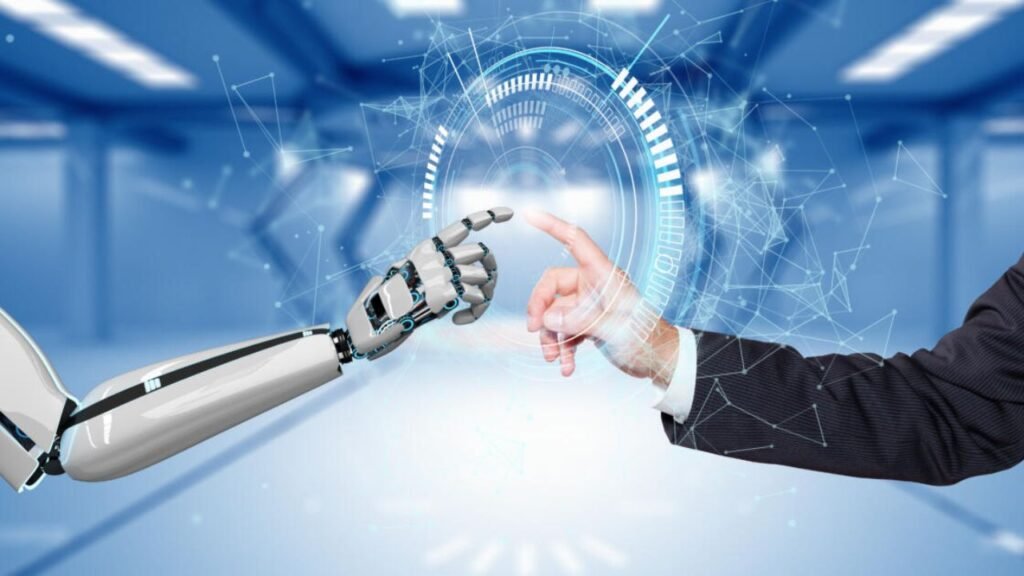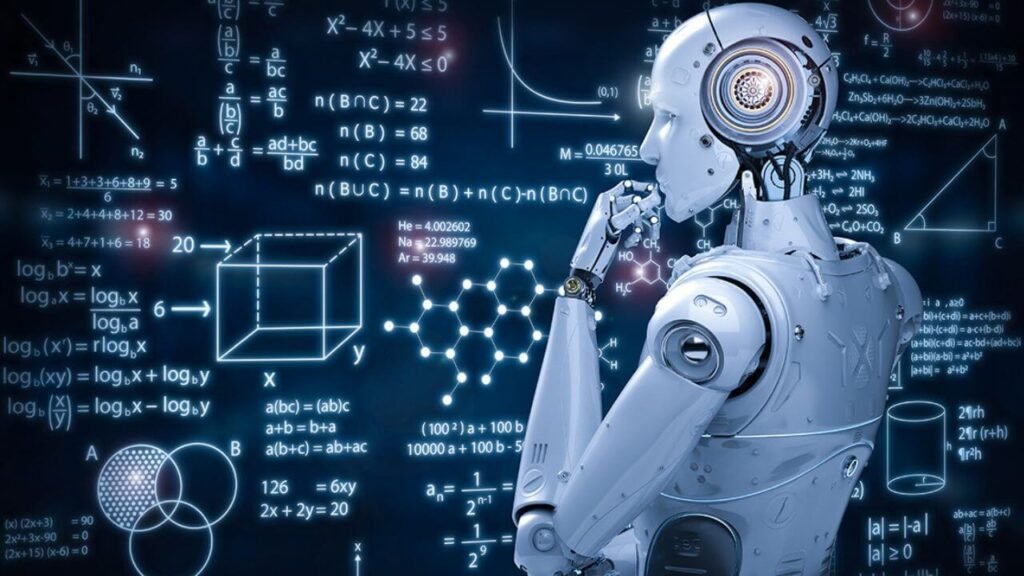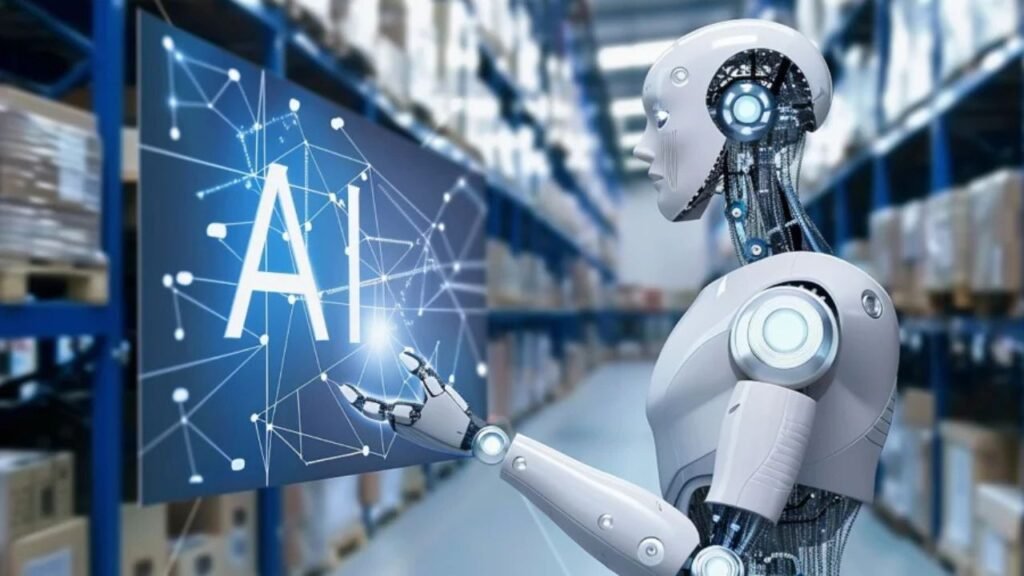
Robot dot to dot art by Nattapong is redefining how we blend creativity with cutting-edge technology. This innovative form of AI-powered illustration transforms the traditional dot-to-dot style into a collaborative space where humans and intelligent machines co-create. At the heart of this movement is Nattapong, a visionary artist and technologist who uses robotics and artificial intelligence (AI) to craft mesmerizing artwork. His project, known as “Robots Dot to Dot,” showcases a powerful fusion of precision engineering and emotional expression.
The Rise of Dot to Dot in Art
A Historical Perspective
Dot-to-dot art began as a playful activity in children’s books and classrooms. Over time, it evolved into a minimalist art form celebrated for its structure and simplicity. Traditionally used to enhance cognitive skills and hand-eye coordination, dot-to-dot gained new respect when artists started exploring its aesthetic value.
Modern Interpretations
In the contemporary art scene, dot-to-dot has taken on a more sophisticated role. With technology’s help, artists like Nattapong have infused the medium with interactive elements and machine-generated enhancements. This modern evolution has brought the form into galleries and digital platforms alike.
Who is Nattapong?
Nattapong is an innovative artist and technologist at the forefront of the robot dot to dot movement. With a background that bridges fine art and engineering, he sought to push the boundaries of traditional drawing techniques. By integrating AI and robotics, he offers a unique approach that invites both precision and unpredictability into the creative process.
The Birth of Robots Dot to Dot
The Concept
The “Robots Dot to Dot” concept involves using robotic systems to complete intricate illustrations based on dot-to-dot patterns. These robots follow AI-generated sequences to replicate, reinterpret, or even invent new artistic styles. Far from simple automation, the approach invites creative interpretation by the machine, guided by the artist’s framework.
Tools and Technologies Used
To bring this vision to life, Nattapong uses:
- Robotic arms designed for detailed drawing
- AI models trained on artistic datasets
- Custom software for translating images into dot sequences
- Camera and sensor systems for real-time adjustments and feedback
These components enable precise yet expressive visual outcomes that blend the strengths of human intuition and robotic capability.
The Role of Artificial Intelligence

Learning Artistic Styles
The AI in Nattapong’s setup is trained on a broad array of art styles. This allows the system to replicate established techniques or generate something entirely new. Whether it’s classical realism or contemporary abstraction, the robot adapts and contributes to the artistic process.
Collaboration, Not Replacement
Nattapong believes that AI should not replace human creativity but enhance it. He often begins an artwork by setting the structure, and the AI-assisted robot completes or interprets the design. This partnership results in a deeply layered creation that fuses intention and innovation.
Artistic Philosophy Behind the Work
Bridging Worlds
“Robots Dot to Dot” is a metaphor for uniting opposites—analog and digital, tradition and innovation, man and machine. Nattapong sees dot-to-dot as a universal symbol for connectivity, and he uses it to question and explore identity, perception, and the future of art.
Embracing Imperfection
Unlike typical robotic processes that aim for perfection, Nattapong intentionally allows for subtle flaws. These imperfections humanize the robot’s output and evoke emotional responses from viewers. They remind us that even in a world of automation, imperfection has beauty.
Applications and Impact
Education
Nattapong’s work is widely used in educational initiatives to teach the integration of technology and creativity. Through workshops and interactive exhibits, students learn about robotics, programming, and visual arts all at once. It’s a hands-on way to experience STEAM (Science, Technology, Engineering, Art, and Math).
Galleries and Exhibitions
His robot dot to dot creations have appeared in international galleries, often accompanied by live drawing sessions. Audiences are captivated by the robots’ precision and the resulting artwork, sparking conversations about the future of AI in creative disciplines.
Inspiring a New Generation
By removing barriers between engineering and art, Nattapong inspires young creatives to pursue interdisciplinary innovation. His success proves that technical knowledge and artistic flair are not mutually exclusive but mutually reinforcing.
Challenges and Ethical Considerations
Creative Ownership
Who owns a piece created by both a human and a machine? Nattapong raises this issue in his work, prompting debate on authorship, intellectual property, and ethical AI use in the art world.
Emotion in Machine-Made Art
Can machines feel? While they lack emotion, Nattapong argues that what matters is the human response. If art produced by AI moves people emotionally, then the experience is valid regardless of the source’s consciousness.
Future Directions

Expanding the Medium
Nattapong is exploring new media forms for his robot art, including:
- 3D-printed dot-to-dot sculptures
- Augmented reality (AR) for immersive exhibitions
- Public participation projects where viewers help design patterns for the robots to draw
AI-Generated Sound and Movement
In the next phase, he plans to include audio and kinetic elements, allowing robotic systems to generate synchronized music and movement with their drawings, creating a full-sensory experience.
Conclusion: A New Creative Frontier
“Robots Dot to Dot: Art Meets AI by Nattapong” represents the future of artistic innovation. His work in robot dot to dot art invites us to rethink creativity as a shared language between man and machine. It’s not just about drawing with precision—it’s about expressing emotion, exploring new frontiers, and building bridges between seemingly different worlds.
As we continue advancing technologically, Nattapong’s vision offers a hopeful perspective—one where the partnership between humans and machines results in beauty, inspiration, and endless creative potential.
Curious about how artificial intelligence impacts industries beyond robotics and art? Learn how Qoruv.com uses AI to reshape the construction sector through smart systems and predictive analytics.